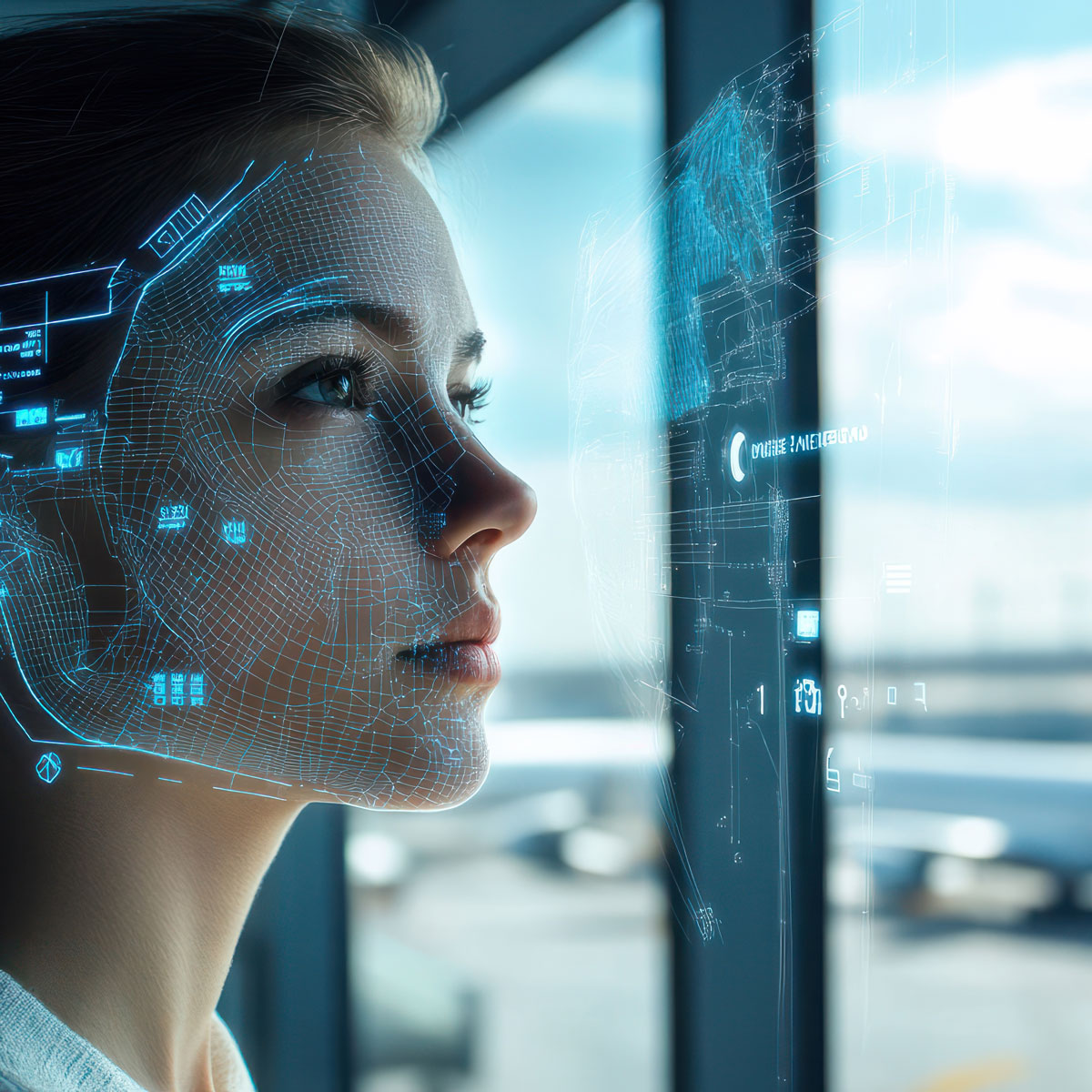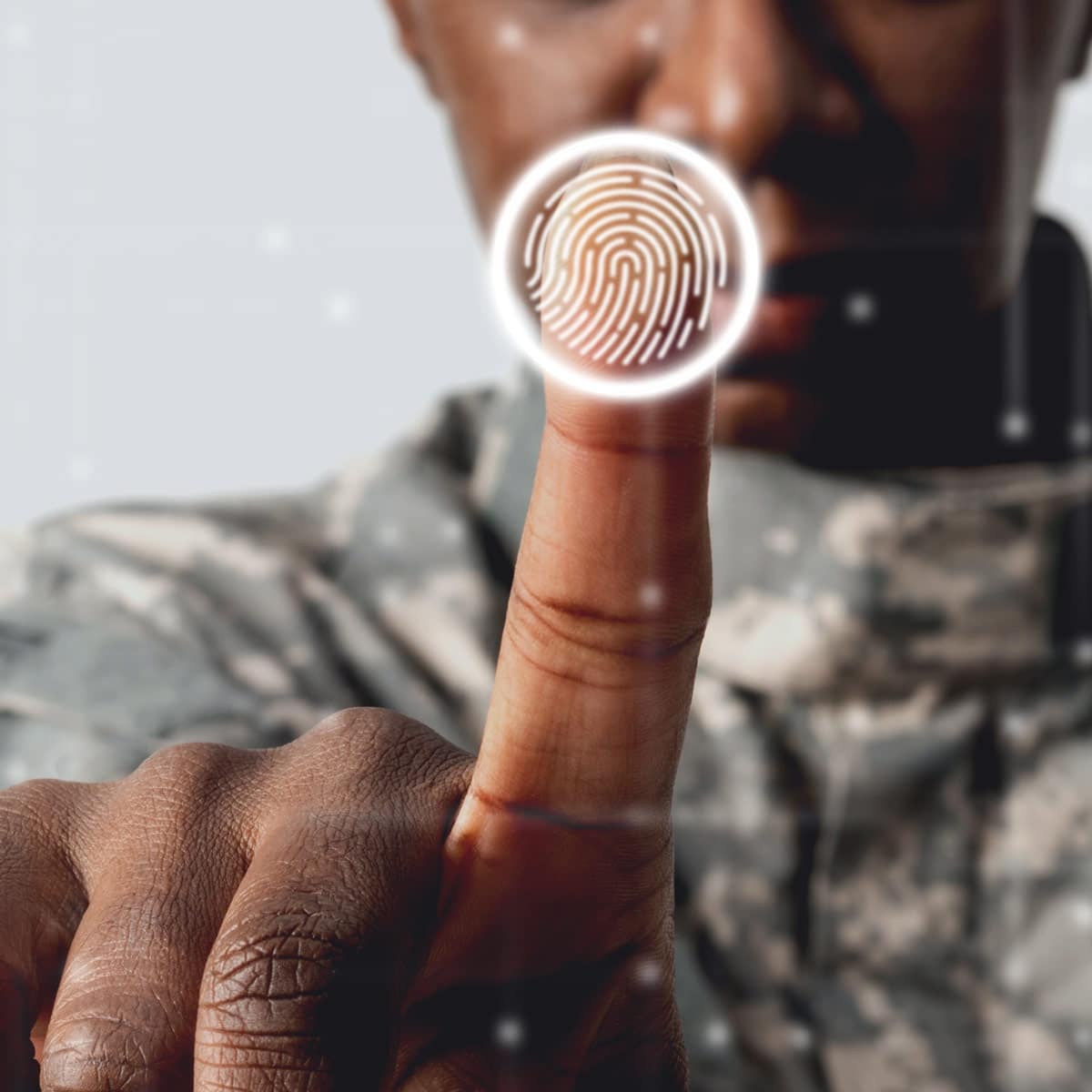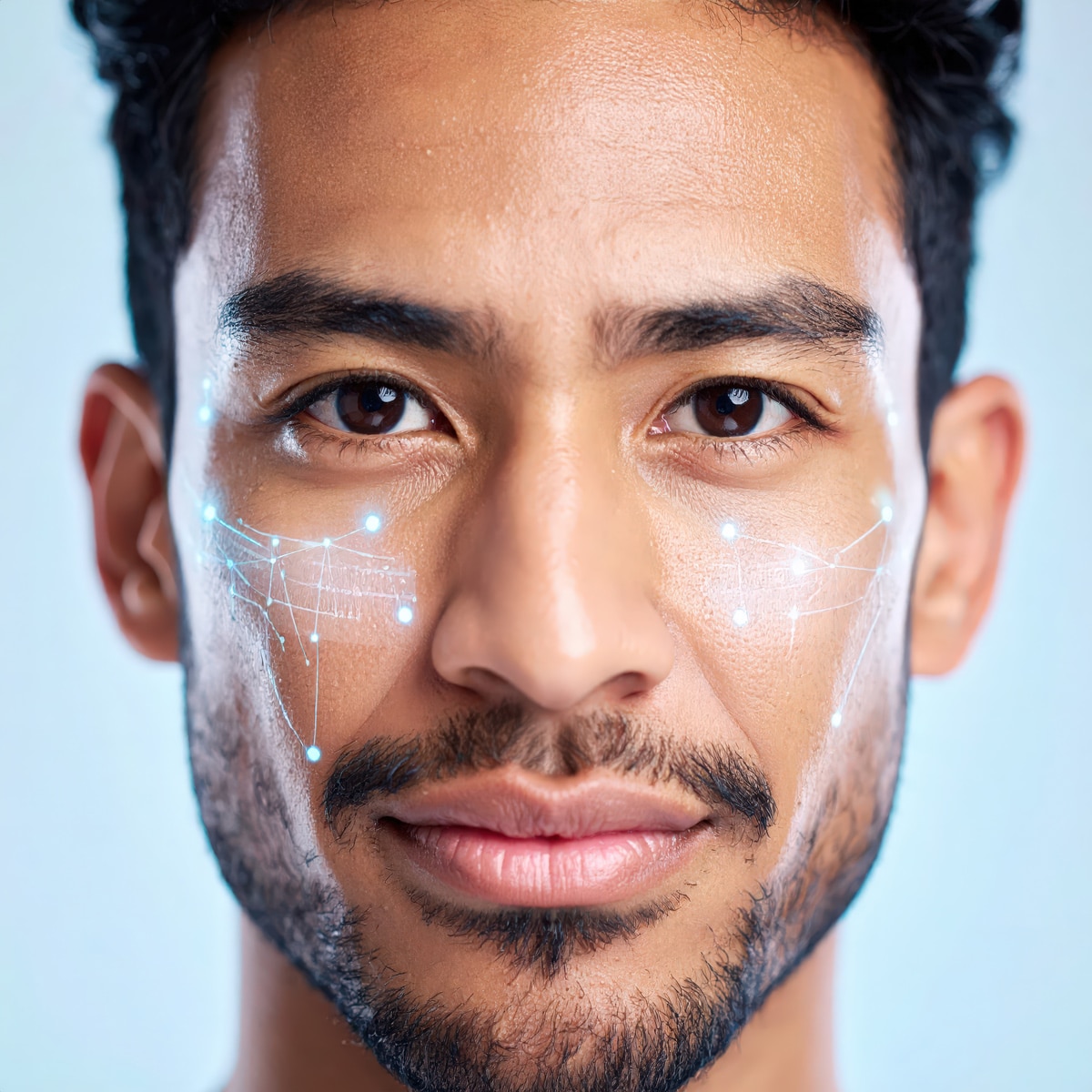If you’ve traveled internationally in the past few years, chances are you’ve already interacted with biometrics, whether you realized it or not. Maybe a kiosk scanned your face and verified your passport in seconds. Maybe your fingerprint sped you through customs. Or perhaps your boarding pass was replaced by a simple facial match at the gate.
For the traveler, it feels seamless, convenient, even futuristic. But for government agencies, these biometric moments represent something far more important: a new frontier in national security.
The Challenge Facing Governments Today
National security agencies are under pressure like never before. They’re tasked with protecting citizens against terrorism, organized crime, and cyber-enabled fraud—all while processing growing numbers of international travelers and managing ever-expanding digital services.
The tools of the past, including passports, ID cards, PINs, or passwords, are no longer enough. They can be forged, stolen, or exploited. And as criminals become more sophisticated, governments need a way to secure identity with absolute confidence.
This is where biometrics comes in. By anchoring identity to something unique, like your fingerprint, face, or iris, biometrics provides an extra layer of security that simply can’t be replicated or borrowed.
At the Border: Secure, Seamless Travel
Border crossings are one of the most visible areas where biometrics is already proving its worth. Millions of travelers pass through airports and land borders every day. Balancing speed with security has always been a challenge, but biometric technology changes the game.
- For travelers: Automated biometric kiosks reduce wait times dramatically, allowing people to move through border checks in seconds rather than minutes.
- For agencies: Biometric data can be cross-checked instantly against global watchlists and databases, flagging potential threats in real time.
The result? A smoother, more predictable experience for law-abiding travelers and stronger defenses against those who intend harm.
Beyond the Border: Biometric Check-Ins During Stays
New programs are expanding biometric use beyond the point of entry. DHS, for example, is investing in biometric exit functionality to verify that people on temporary visas, tourism trips, or other time-bound stays actually depart when they are supposed to. During their stay, travelers could use self-check-in over mobile devices, biometrically verifying their presence and even applying for extensions without visiting a physical office. Security organizations may also request mobile biometric “check-ins” if they need to confirm whether individuals remain in the country. This creates an end-to-end journey: biometrics for the initial visa application, for flights, at the border, during their stay, and at departure. While this may sound cumbersome, trusted biometrics over mobile devices make it seamless for travelers—and more effective for law enforcement if someone doesn’t comply.
Reinventing International Travel Verification
Passports remain the cornerstone of international travel, but they’re also one of the most commonly forged or stolen documents. E-passports and biometric verification make this type of fraud exponentially harder.
When a traveler’s biometric data is linked directly to their passport, governments can verify—beyond doubt—that the person holding the document is the rightful owner. That assurance not only strengthens security but also supports trusted traveler programs, where pre-vetted passengers can enjoy expedited passage through security checkpoints.
It’s a win-win: citizens gain a faster, smoother travel experience, while governments can more effectively manage who enters and exits their borders.
Building Trust Through Transparency
Of course, the rise of biometrics comes with critical responsibilities. Citizens are rightfully concerned about privacy, data protection, and potential misuse. For government leaders, success depends on more than just deploying the technology—it depends on earning and keeping public trust.
That means:
- Being transparent about how biometric data is collected and used.
- Putting in place robust governance and cybersecurity safeguards.
- Regularly auditing systems to ensure accuracy and to guard against bias.
When governments prioritize responsible use, they not only strengthen security but also reassure citizens that their freedoms and rights are being protected.
Dr. Mohamed Lazzouni, Aware CTO, penned a Forbes article on enhancing user trust for those looking for more guidance.
Looking Ahead: Biometrics with Confidence
The next wave of biometric innovation is already here. Advanced machine learning is powering new capabilities that make systems even harder to deceive.
- Passive liveness detection ensures a system can tell the difference between a real person and a spoof attempt, like a mask or a photo. It also works silently in the background, as opposed to active liveness, which requires specific actions from the user—keeping the experience fast and low friction.
- Multi-modal biometrics can combine face, fingerprint, iris, and even behavioral data to create the most reliable identity checks yet.
- Cross-border interoperability is making it possible for allied nations to share biometric data securely and fight global threats together.
These advancements signal a future where biometrics is not just a supporting tool, but a cornerstone of national security strategy.
Walls, fences, and patrols will always have a place in national defense. But in today’s world, true security comes from something less visible and more powerful: the ability to know, with confidence, someone’s true identity.
Biometrics provides that assurance. For government decision-makers, the message is clear: investing in biometrics today is not just about keeping up with technology—it’s about staying ahead of threats, protecting citizens, and building the secure, efficient systems of the future.
The agencies that embrace biometrics now will be the ones best prepared to meet the challenges of tomorrow.



